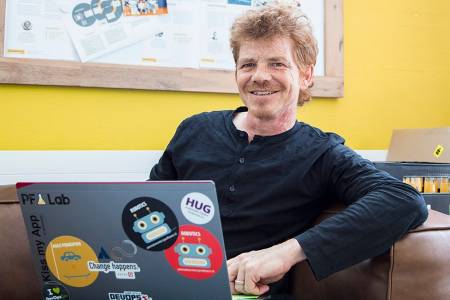Change for teams and management
Although we are implementing the changes slowly and gradually, agile working is a change – not just for the teams, but also the management who perform the role of transformer in this environment. They no longer act as bosses authorized to issue instructions, but instead see themselves much more as servant-leaders. Their job is to inspire their team as an enabler, supporter or coach, to eliminate any obstacles and to empower the team to perform its tasks. A key requirement is putting people at the centre and trusting their wide-ranging capabilities.


